Home>Ideas and Tips>How To Design A Cottage-Style Flower Garden
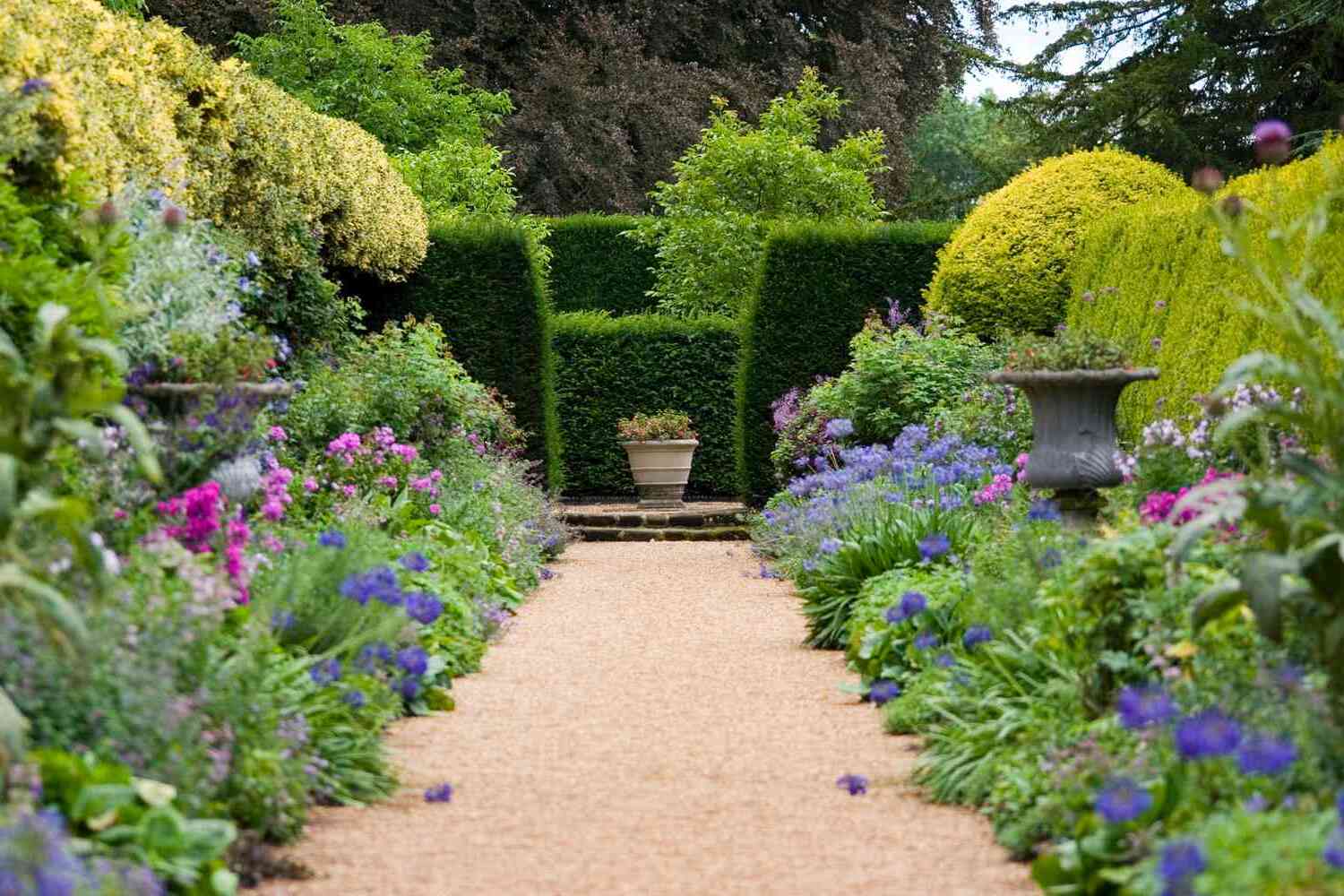

Ideas and Tips
How To Design A Cottage-Style Flower Garden
Modified: October 27, 2024
Learn how to design a charming cottage-style flower garden with tips on planning, plant selection, and creating beautiful walkways.
(Many of the links in this article redirect to a specific reviewed product. Your purchase of these products through affiliate links helps to generate commission for Storables.com, at no extra cost. Learn more)
A cottage-style flower garden is a charming and whimsical space that combines the beauty of nature with the practicality of a garden. Originating in Elizabethan times in the UK, these gardens were originally used by farm laborers to grow edibles, herbs, and flowers alongside their homes. Today, cottage gardens have evolved to become more decorative and ornamental, yet they still retain their densely planted, high-impact charm. In this article, we will guide you through the process of designing your own cottage-style flower garden, from planning to planting.
What is a Cottage Garden?
A cottage garden is much different from the traditional main crop garden filled with orderly straight lines and a formal structure. Instead, it features curvy lines, natural materials, and a mixture of densely planted ornamental and edible plants. These gardens are designed to evoke creativity, inspire relaxation, and motivate you to cook delicious food or create herbal home remedies.
Read more: How To Design A Cottage-Style Cutting Garden
Characteristics of a Cottage Garden
-
Informal Design: Cottage gardens are known for their relaxed, informal design. They do not follow strict color schemes or uniform beds. Instead, they feature an informal mix of closely planted flowers across the color spectrum.
-
Dense Planting: One of the defining features of a cottage garden is its dense planting. Every space in the garden is utilized for growing plants, making the most of vertical space by using arches and structures to grow plants up.
-
Natural Materials: Cottage gardens often utilize naturalistic planting and materials such as wood, clay pavers, bricks, or trellis made from willow. These materials complement the houses rather than contrasting with them.
-
Edibles and Ornamentals: Cottage gardens combine both edibles and ornamentals. They feature a variety of plants that serve multiple functions—decorative plants alongside edibles or livestock.
-
Pollinator Attraction: These gardens are designed to attract bees and butterflies with plants like holy basil, hollyhock, and other pollinator-friendly flowers.
Planning Your Cottage Garden
Before you start planting, it's essential to plan your cottage garden carefully. Here are some steps to help you get started:
1. Determine Your Space
The first step in planning your cottage garden is to determine how much space you have available. Consider the size of your yard and any existing features like trees or outbuildings.
2. Define Your Goals
Ask yourself what you want to achieve with your cottage garden. Do you want to grow culinary herbs? Medicinal herbs? Attract bees and butterflies? Knowing your goals will help you choose the right plants for your garden.
Read more: How To Design A Cottage-Style Garden
3. Sketch Out Your Walkways
Start by sketching out the walkways in your garden. A traditional cottage garden features curvy pathways that blend in with the planting. These paths lead your eye to focal points like your house, an arbor, or a simple bench.
4. Plan from Smallest to Tallest
When sketching out your garden, think “smallest to tallest.” Planting the smallest plants along the edges of the pathway and working outward to those that will grow up to a medium height, then bordering the garden with those that will grow the tallest along the outermost edges. This layout allows you to see everything you’ve planted as you’re walking through your garden.
5. Consider Average Growth
You’ll want to have an idea of the average size of each plant you’re putting into the cottage garden to know just how much space to give between plants. Traditional cottage gardens are packed densely, but you don’t want to plant so densely that you limit the potential of each plant or inhibit your ability to harvest from them.
Choosing Plants for Your Cottage Garden
Choosing the right plants is crucial for creating a beautiful and functional cottage garden. Here are some popular plants associated with the cottage garden style:
Edibles
- Fruit Trees: English apple, plum, and pear trees are great options for adding height and providing fruit. They also serve as a valuable source of early pollen for bees.
- Herbs: Culinary herbs like sage, lavender, thyme, and catmint are classics in cottage gardens. They can be used in cooking and also serve as fragrant flowers that attract pollinators.
- Vegetables: Tomatoes, strawberries, raspberries, and runner beans are firm favorites among gardeners. They don’t require large areas and can be grown in smaller beds or rustic wooden planters.
Ornamentals
- Pollinator Plants: Holy basil, hollyhock, and other pollinator-friendly flowers are essential for attracting bees and butterflies.
- Cut Flowers: Plants like roses, honeysuckle, and jasmine are perfect for creating a romantic arbor or archway.
- Medicinal Herbs: Plants like chamomile and calendula can be used to create herbal infused oils and other home remedies.
Climbing Plants
- Roses: Climbing roses add height and romance to any garden.
- Honeysuckle: This fragrant climber is perfect for creating a lush canopy in your garden.
- Jasmine: With its intoxicating scent, jasmine is a popular choice for cottage gardens.
Designing Your Walkways
Walkways are an essential part of any cottage garden design. Here’s how you can incorporate them into your plan:
Meandering Paths
Meandering garden paths made of stone, old bricks, gravel or grass offer a visual relief to the exuberance of the planting in a larger cottage garden design. These paths lead your eye to focal points like your house or an arbor.
Softly Curving Pathways
Softly curving pathways that blend in with the planting are at home in the cottage garden design. These paths should be designed so that they are only just visible between beds bursting with plants.
Adding Pretty Garden Accessories
Ornaments like rustic birdbaths, sundials or seats add focus among all the flowers and help break up the intensity of the planting. Upcycling, recycling and vintage finds fit perfectly into the cottage garden design. For instance, an old wheelbarrow billowing with flowers; moss-covered statuary; stone finials half-buried in plantings; tools made into sculptures, or planted rustic troughs are all great additions.
Creating Height
Adding height to your garden is crucial for creating a visually appealing space. Here are some tips on how to add height:
Read more: How To Design A Cut Flower Garden
Romantic Arbors
Add romantic arbors draped in scented climbing plants like roses, honeysuckle or jasmine. These features should be used sparingly so the whole effect doesn’t become too hectic.
Pergolas and Obelisks
Pergolas and obelisks are also great options for adding height while creating a sense of drama in your garden.
Incorporating Edibles
Incorporating edibles into your cottage garden is not only practical but also adds to its charm. Here are some tips on how to incorporate edibles:
Fruit Trees
Historically, many cottages would have been part of an orchard so incorporating fruit trees is a great option. English apple, plum and pear trees are all great options for adding height and providing fruit.
Read more: How To Design A Flower Garden
Herbs and Vegetables
Herbs like sage, lavender, thyme, and catmint are classics in cottage gardens. They can be used in cooking and also serve as fragrant flowers that attract pollinators. Vegetables like tomatoes, strawberries, raspberries, and runner beans are firm favorites among gardeners.
Tips for Low Maintenance
While cottage gardens are known for their dense planting and high maintenance requirements, there are ways to keep them low maintenance if you are short on time:
Sectioning Off Areas
Creating garden zones is a popular way of dividing up the space into distinct growing areas to separate edibles from ornamentals. This helps in maintaining different sections of the garden without overwhelming yourself.
Using Vertical Space
Make the most of vertical space by using arches and structures to grow plants up. This not only adds height but also makes the most of your available space.
Choosing Low Maintenance Plants
Choose plants that require minimal maintenance such as succulents or perennials that come back year after year.
Conclusion
Designing a cottage-style flower garden is an exciting project that requires careful planning but yields beautiful results. By following these steps—determining your space, defining your goals, sketching out walkways, choosing plants, designing walkways, adding pretty garden accessories, creating height, incorporating edibles—you can create a charming and functional cottage garden that serves both practical and decorative purposes. Whether you have a small backyard or a larger outdoor space, a cottage garden can be adapted to suit any size or style of property. So go ahead and start planning your own magical cottage garden today
Was this page helpful?
At Storables.com, we guarantee accurate and reliable information. Our content, validated by Expert Board Contributors, is crafted following stringent Editorial Policies. We're committed to providing you with well-researched, expert-backed insights for all your informational needs.
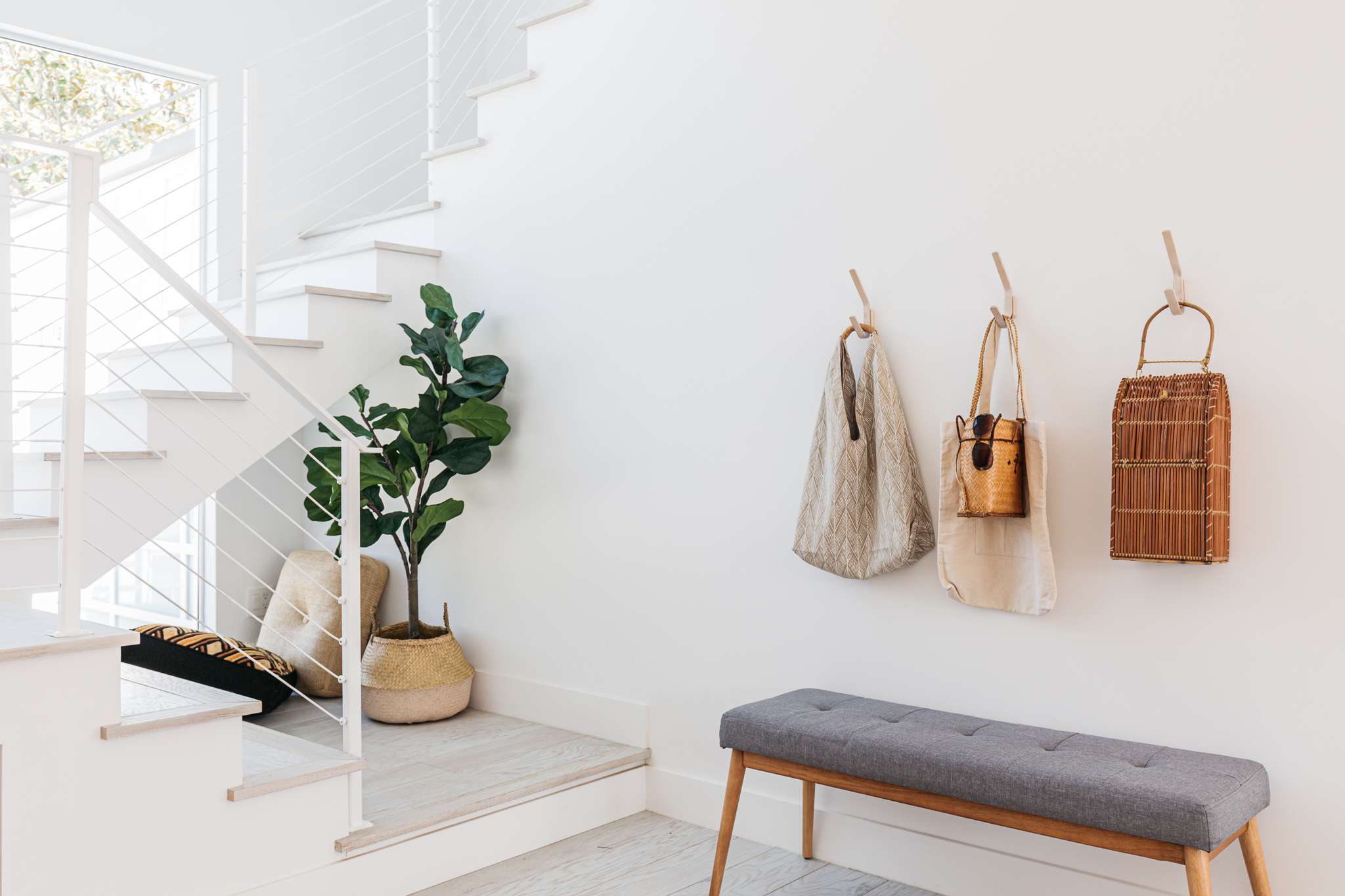
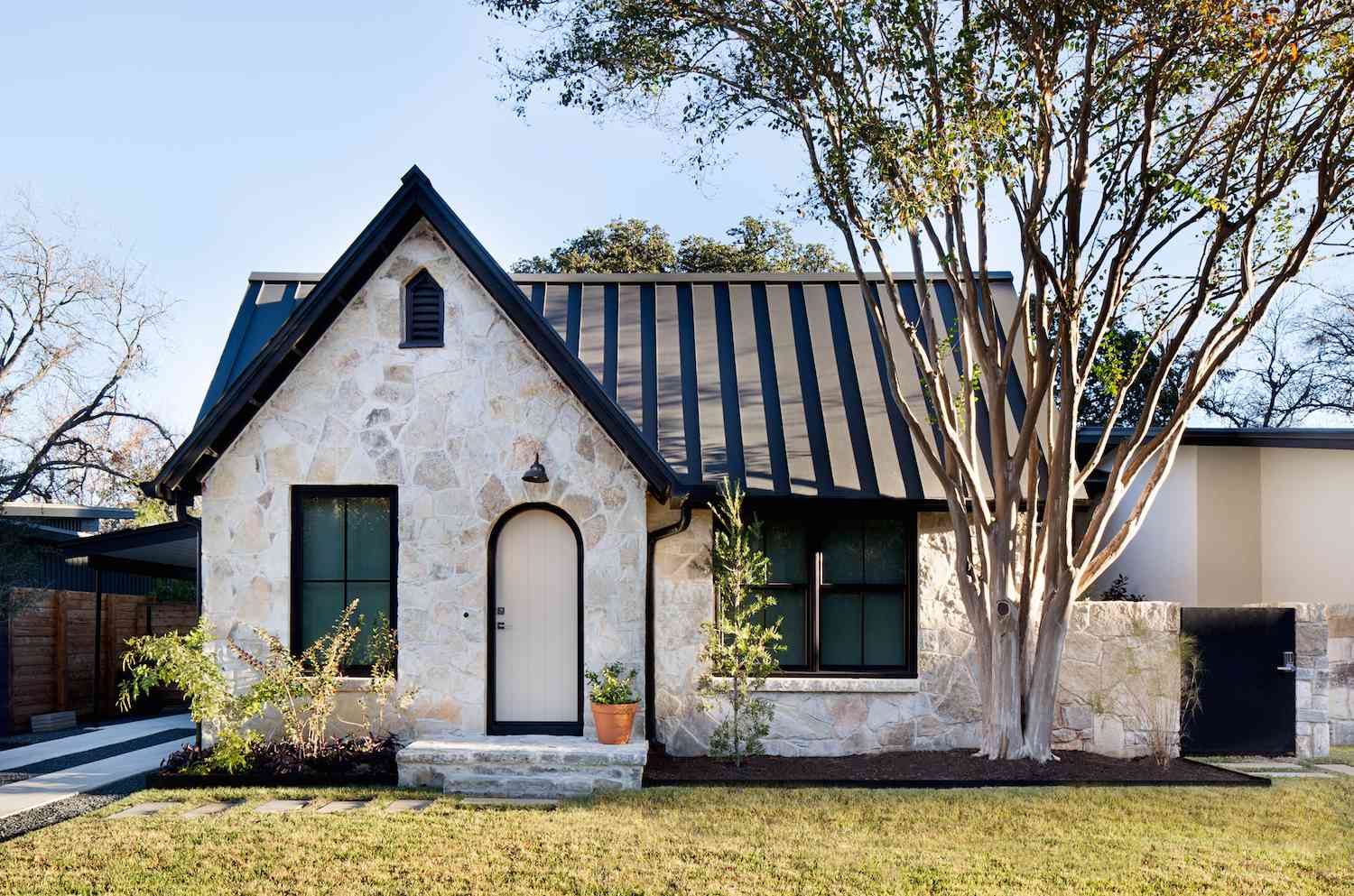
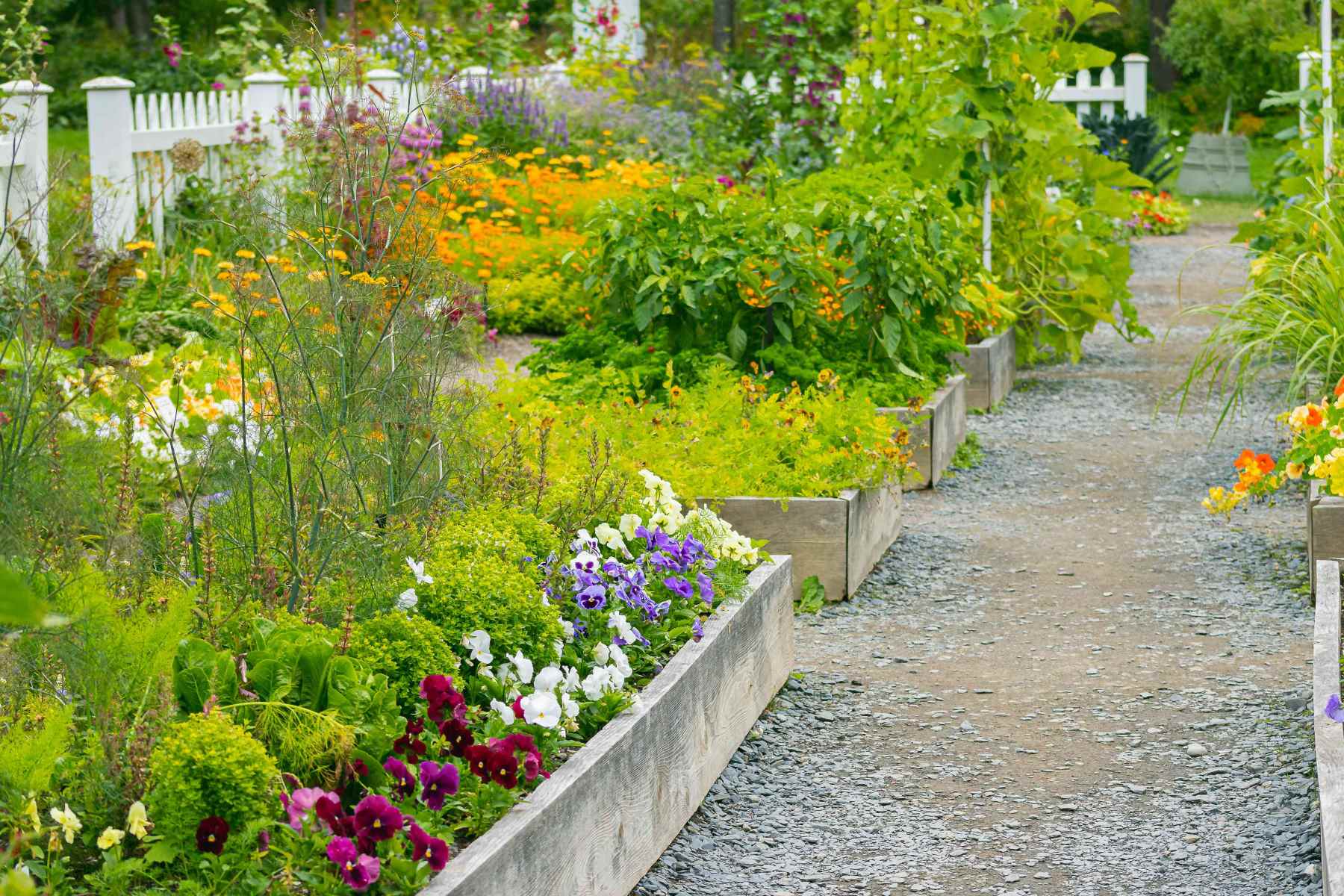
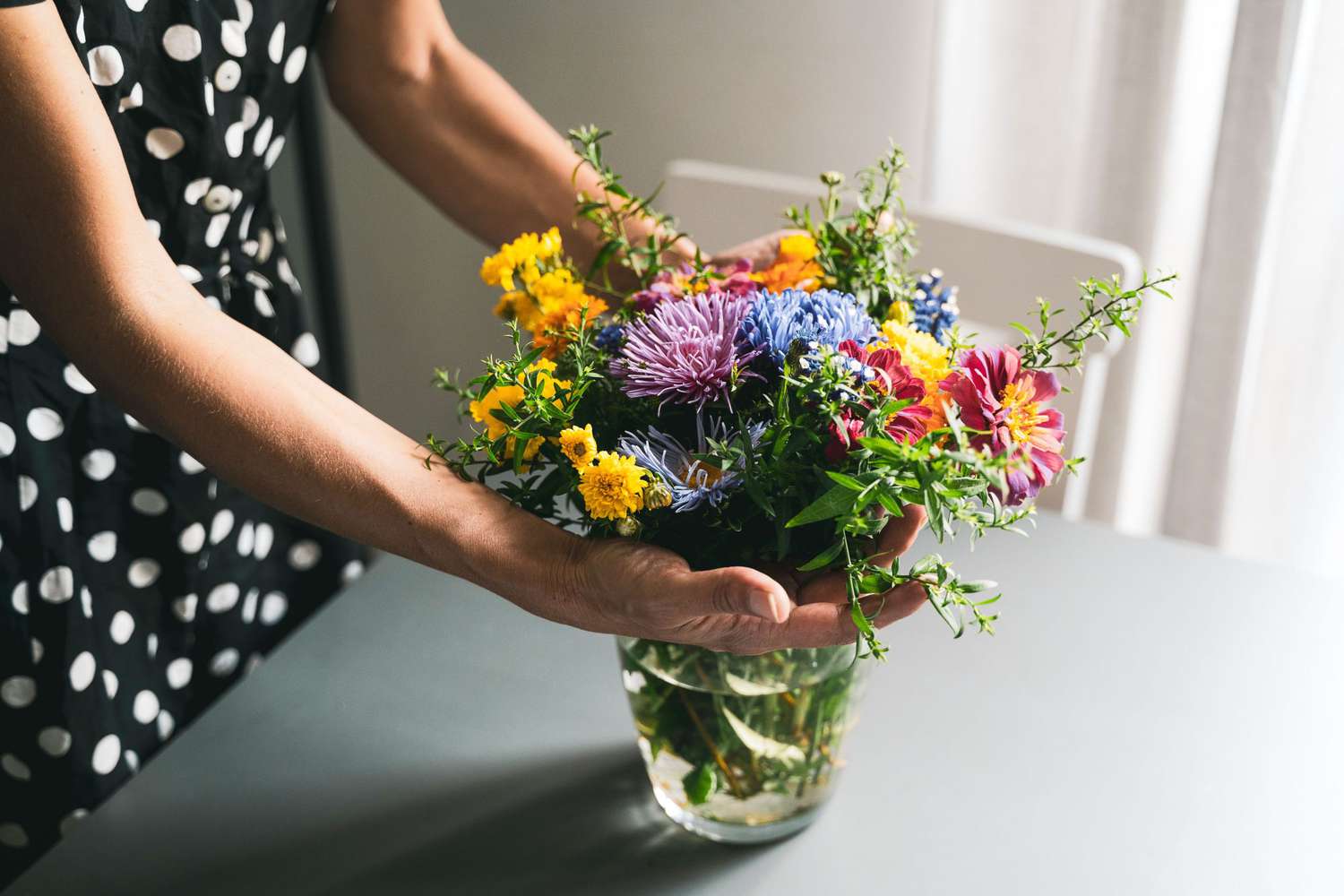
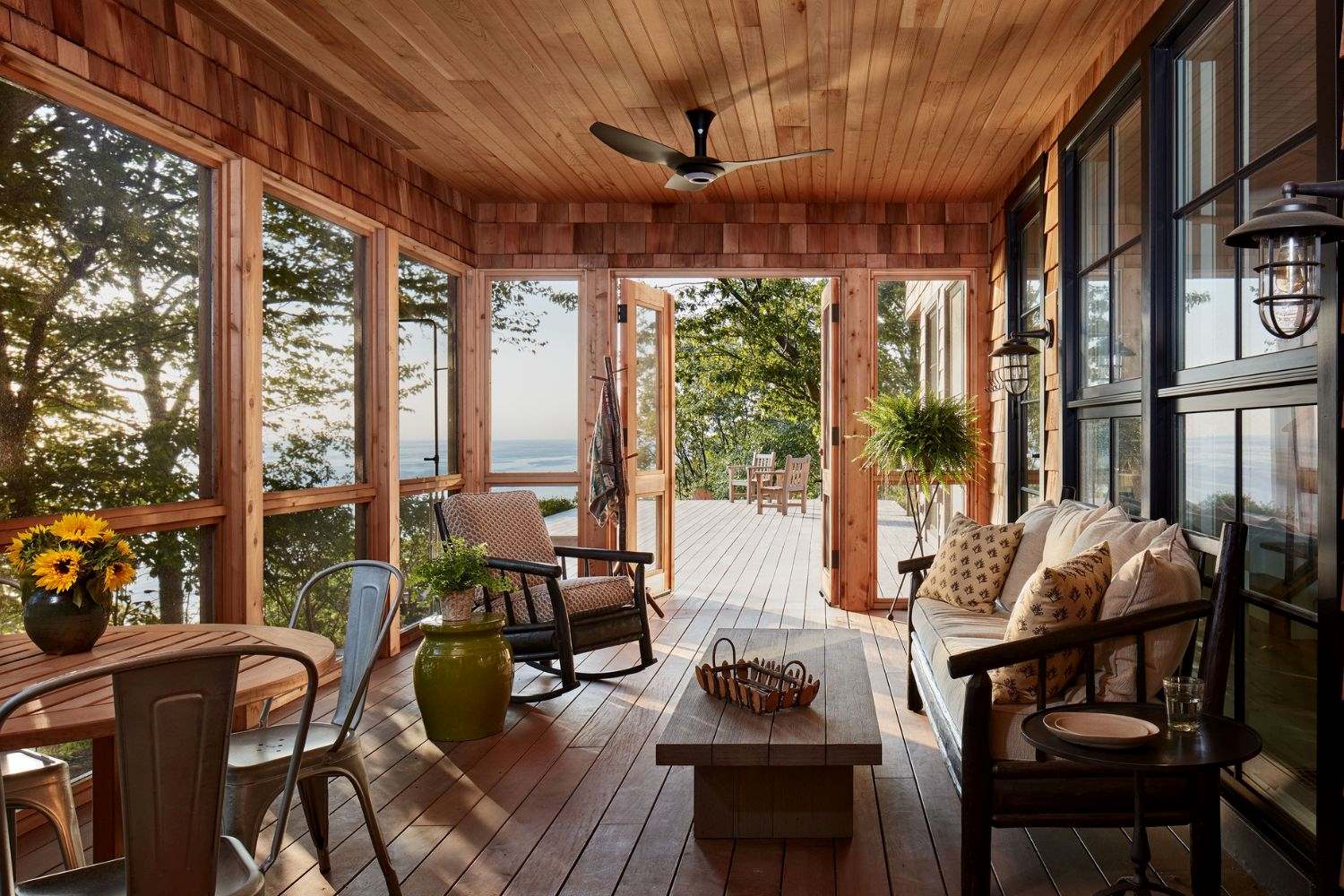
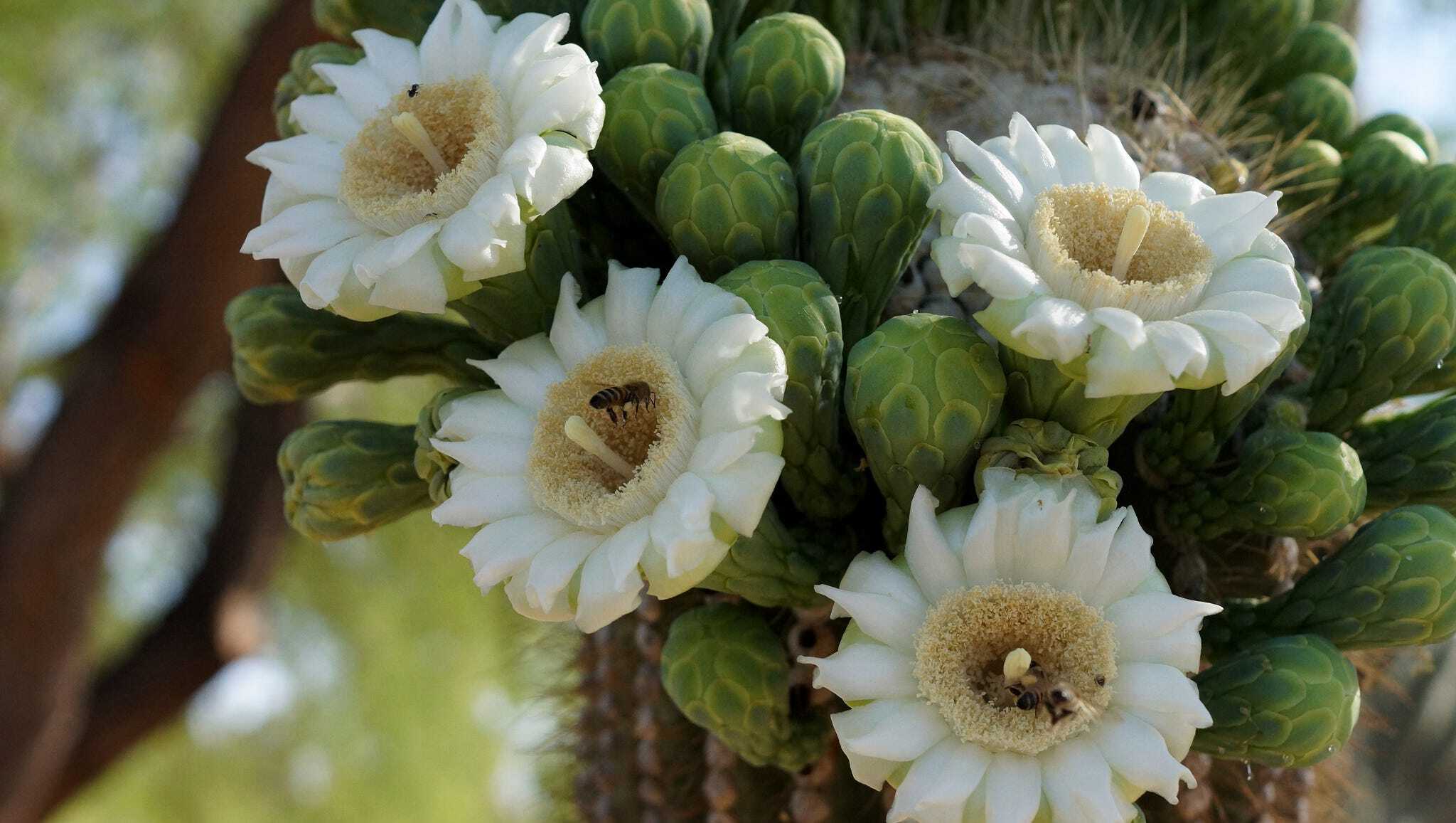
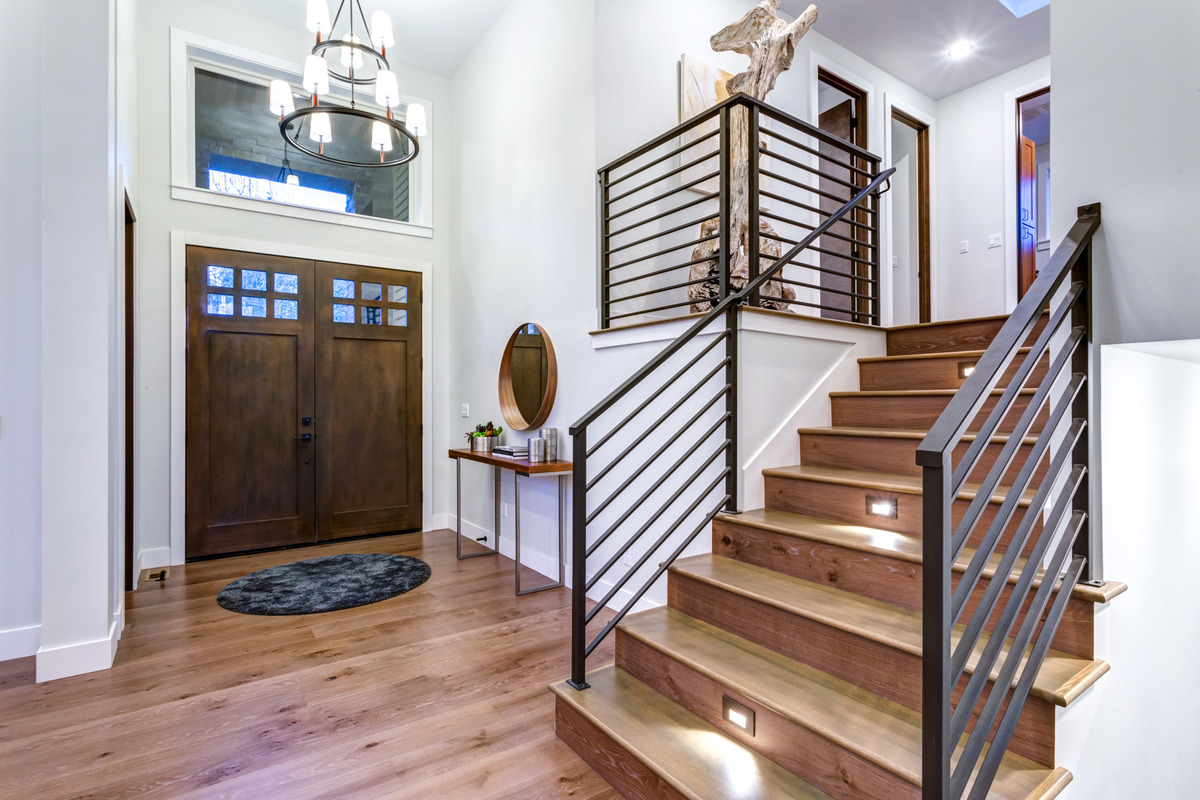
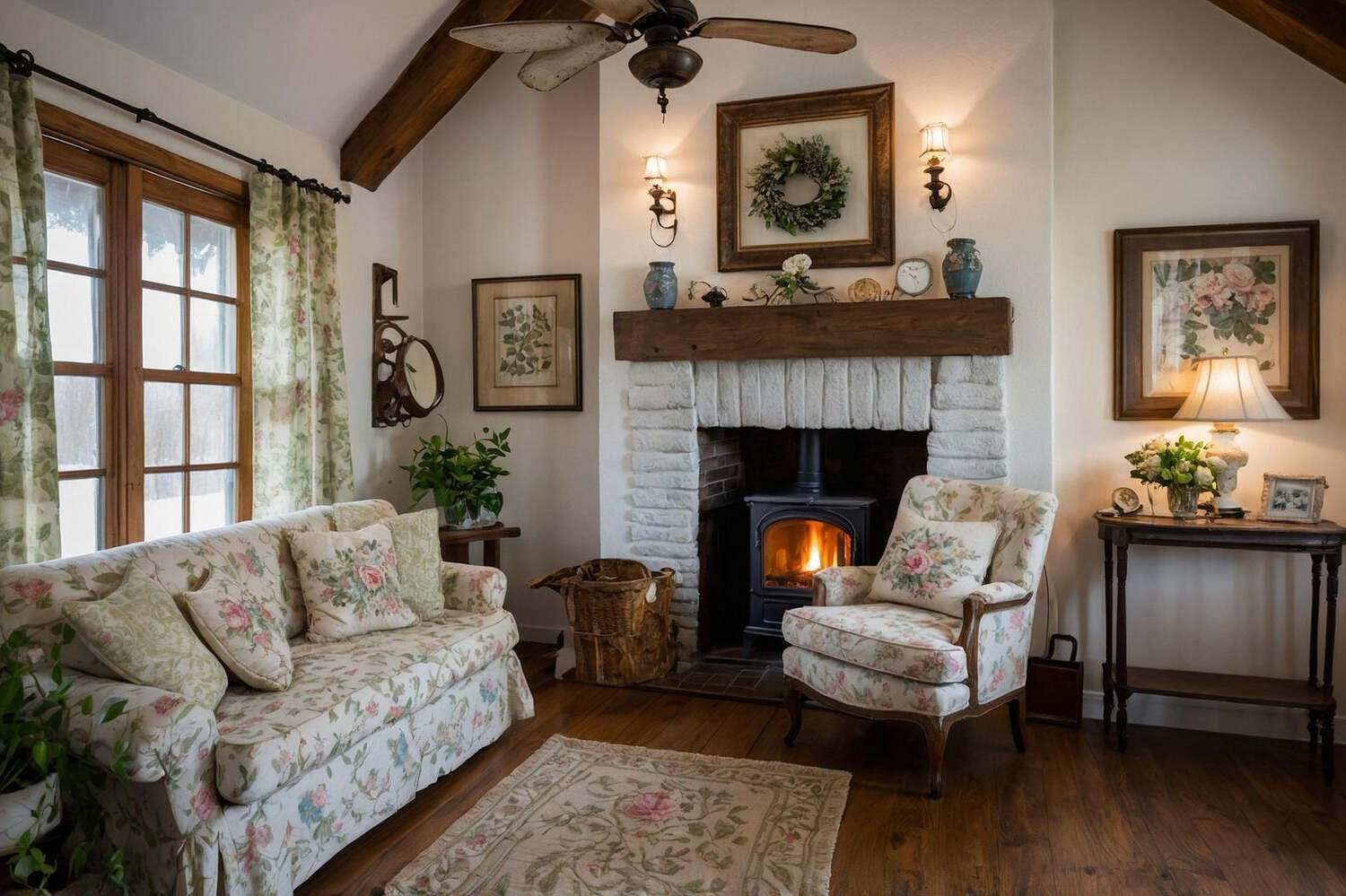
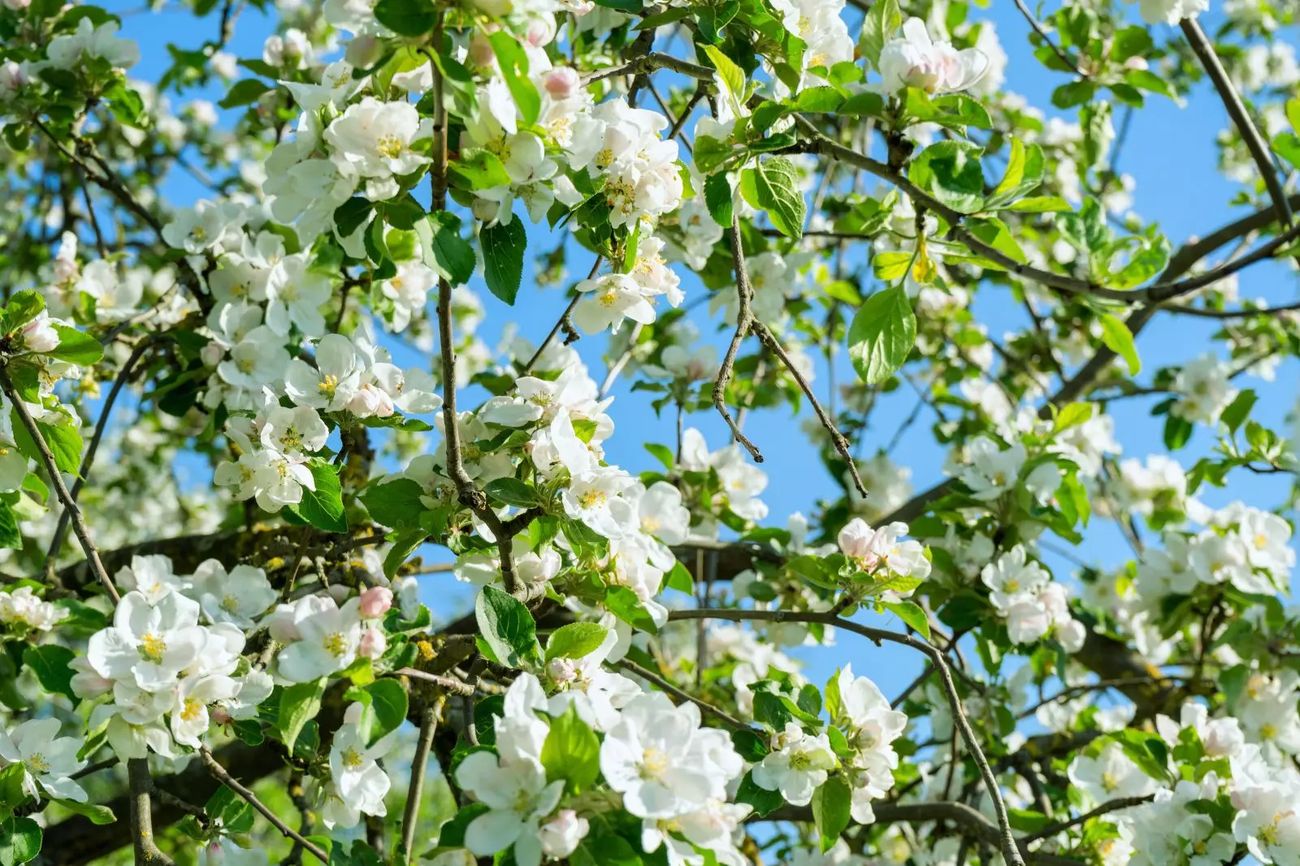

0 thoughts on “How To Design A Cottage-Style Flower Garden”